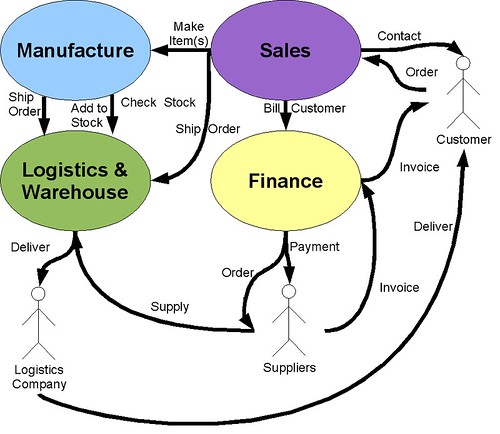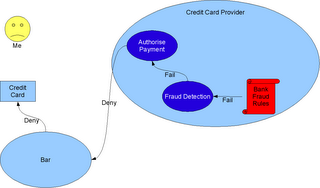Taking the second point first, is J2EE really that complex? I've been playing about with the latest BEA, IBM, Sun (Glassfish) and Oracle stuff recently trying to work out the "hard" bit. Now what I'm assuming here is that you don't want to actually code stuff if you can avoid that, so I've been using the JSF builders, playing with the new EJB3 data and invocations stuff and also using some of the process engines out there to string things together. Lobbing in some messaging stuff to try out EDA.
Now I'm a manager type these days, powerpoint jockey and creator of word documents, what I mean is that I don't code on a day to day basis these days, development isn't my job anymore. So surely if I can do it, its not that complex. When I compare it with J2EE 1.1 (which I wouldn't have touched with a barge pole) or J2EE 1.3 (the first one I took vaguely seriously) then JavaEE 5.0 is an absolute dream. The presentation stuff is miles easier in JSF than it was in JSP, the EJB bit is a massive step up, and the Glassfish deployment stuff is sooooo much easier than doing it in app servers in 1.1, 1.2 and 1.3.
So where exactly is J2EE more complex for developers? Sure its got a lot of facilities, but I actually found it easier to understand and use, paticularly with the new tools, than previous editions. Now clearly I've only based the assessment on actually using them to knock up some demo apps, rather than on a project. But have the people saying its very complex even downloaded the thing?
Now the other bit about the death of Java, and J2EE, that confuses me is this idea that lobbing stuff on databases is actually an achievement and that Web Sites represent a massively important part of IT. First off you've got the re-architecting of SAP and Oracle application servers (just a multi billion dollar market but hey, its not "sexy") around the J2EE platform, and the consolidation of the integration market around Java, and J2EE. Oh and of course the human workflow and business process markets, oh and pretty much all the RFiD work being done out there, and the whole mobile phone market.
This to me is the thing about Java, sure you could lob up a web-page on a database with Java, but you can also build all of the bits that live everywhere else in the organisation. When looking at SOA this means you are pretty much 100% guarenteed to have Java, and J2EE within your organisation, if not today then certainly when you do that big applications upgrade. I've always been a fan of standardising around a single language for basic development, just because it helps when looking for people and also it means you don't have increased complexity of management and support, and Java tends to stack up as the only valid language for that sort of approach.
So Java is dead, apart from all of the growth that it will drive in the bits of IT that actually represent a challenge, rather than lobbing web-pages on bloody databases.
Technorati Tags: SOA, Java, J2EE, Service Architecture





